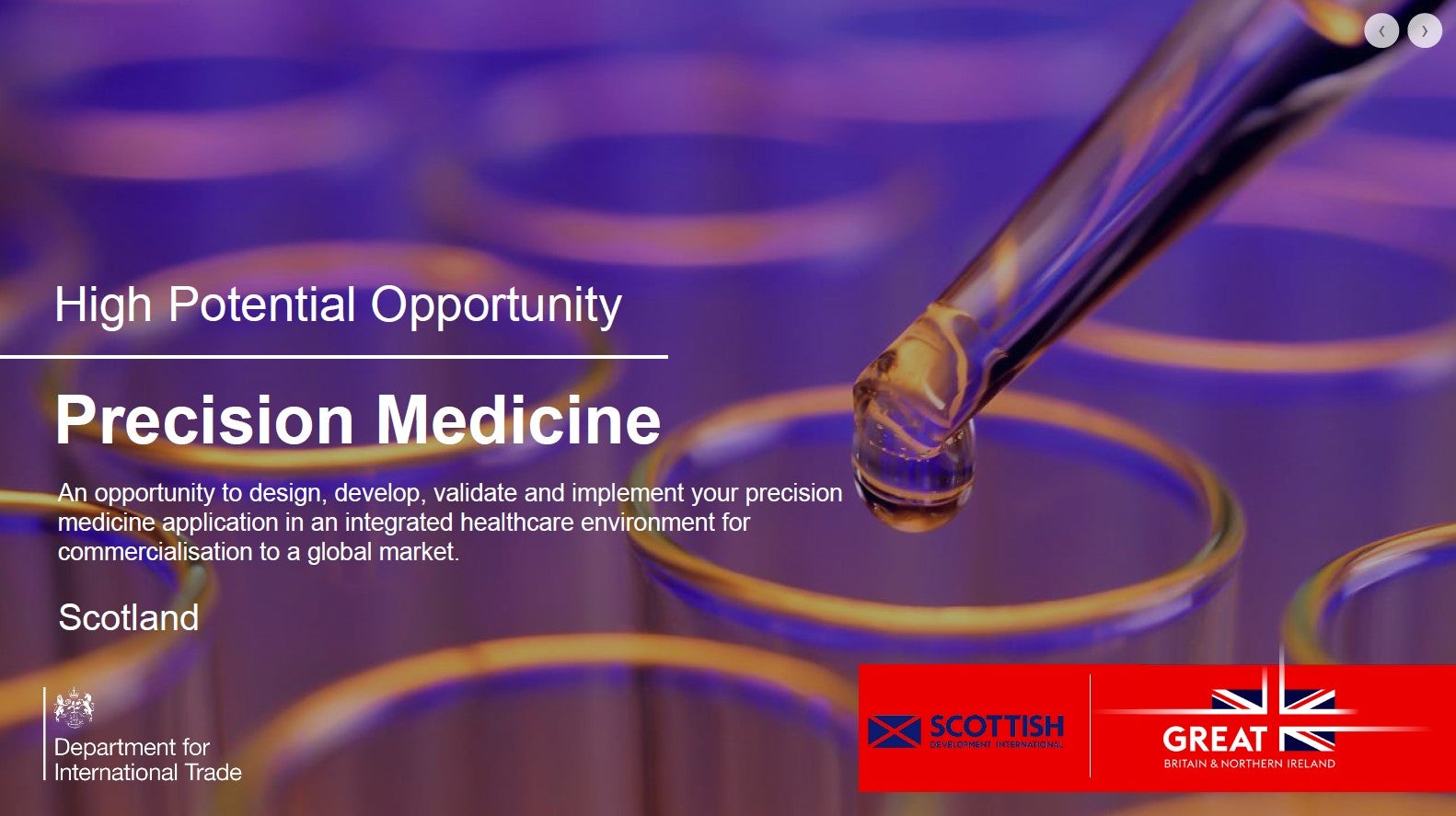Virtual reality (VR) and augmented reality (AR) have long been the holy grail of communications technology, allowing us to not only see and hear our object of interest but also to virtually represent physically being there. Many attempts have been made at achieving mainstream VR success over the past couple of decades, with the recently announced metaverse being the most recent bid. However, in the world of healthcare, mixed reality (MR) is establishing a presence in the medical training space.
A tech startup called GigXR has created a novel technology, HoloScenarios, which is being used by medical students to get experience in medical scenarios. For example, students can simulate a scenario where they encounter a patient with breathing issues and will have to diagnose them correctly.
Why is the use of MR increasing, though? Haven’t we recently made huge strides in the world of VR? Yes, but there is so much further to go. GlobalData projects that enterprise-level VR is going to take off in the coming years and grow at a compound annual growth rate of 33%, reaching a staggering $22bn in revenue by 2030. This is due to VR’s ability to simulate large, expensive, or rare scenarios or objects, allowing salespeople and technical staff to work with and learn from a model without having to ever transport themselves on site. However, according to a GlobalData report, VR is still plagued by cost and accessibility issues, and may ’cause accidents and induce nausea when used for long periods’. A recent study by Coburg University in Germany showed that not a single participant preferred to work in VR, due in part to nausea, inability to focus or just the sheer distracting weight of the headset on their head.
Conversely, the enterprise space is showing a huge interest in the development of VR technology, with 10,000 patent applications filed in 2020 alone. Currently, Facebook, Alphabet (Google’s parent company) and Sony are the top three holders of VR patents. With this and the advent of the metaverse, we can see that the industry is doubling down on VR, with many companies expecting it to be the future of work and education. According to GlobalData, VR is seeing a lot of use as a surgical training or mental health tool in the healthcare space.
So, what’s so great about MR then? By being ‘mixed’, it naturally sidesteps a lot of the issues normal VR suffers from, such as nausea and walking into walls or furniture, as the user can still see the world around them. This allows MR to enjoy all the good parts of VR technology while avoiding the bad. In this way, MR has a lot of potential to catch up to, and possibly even surpass, VR technology in the healthcare sphere.
See Also:
GlobalData currently estimates that by 2030, the VR and AR markets will have been growing by about 25% each to reach a staggering total of $126bn by 2030. If MR can develop sufficiently, it will prove to be extremely disruptive to this still-developing space and could threaten to take over the entire market by itself. To achieve this end, MR will need to be able to offer comparable visualisation to AR, but with the intuitiveness and interaction of VR. Should it achieve both goals, it will easily steal market share.
How well do you really know your competitors?
Access the most comprehensive Company Profiles on the market, powered by GlobalData. Save hours of research. Gain competitive edge.

Thank you!
Your download email will arrive shortly
Not ready to buy yet? Download a free sample
We are confident about the unique quality of our Company Profiles. However, we want you to make the most beneficial decision for your business, so we offer a free sample that you can download by submitting the below form
By GlobalDataAccording to GlobalData, leading companies, such as Microsoft, are already trying to establish themselves in this area with products such as Microsoft Mesh. If companies can pivot quickly into this new and promising space, they may be able to compete with a technology that offers all the benefits of VR, with none of the downsides.











Related Company Profiles
Google LLC
VR, Ltd.
Microsoft Corp
Alphabet Inc
M & R Holding AG